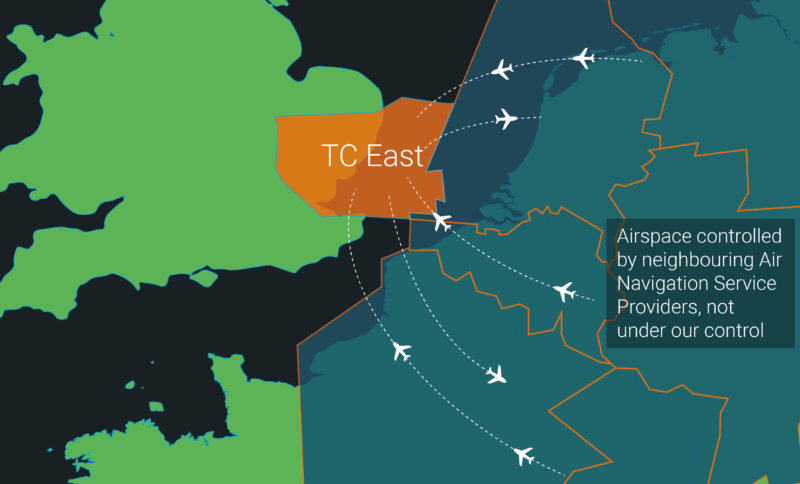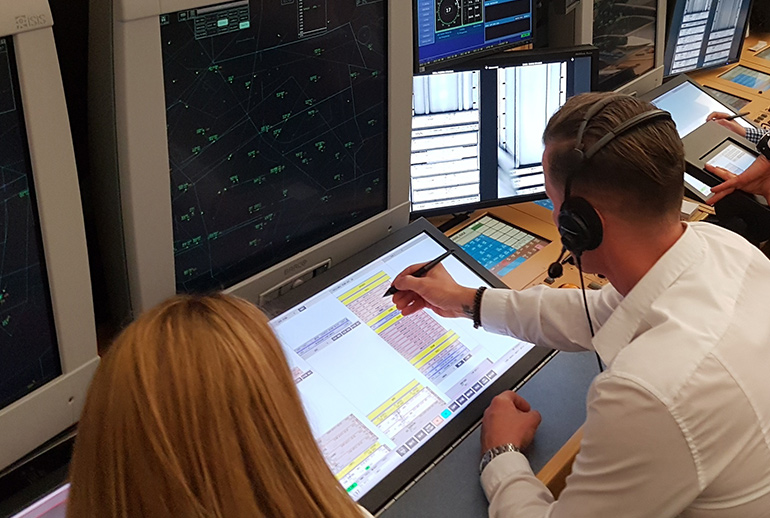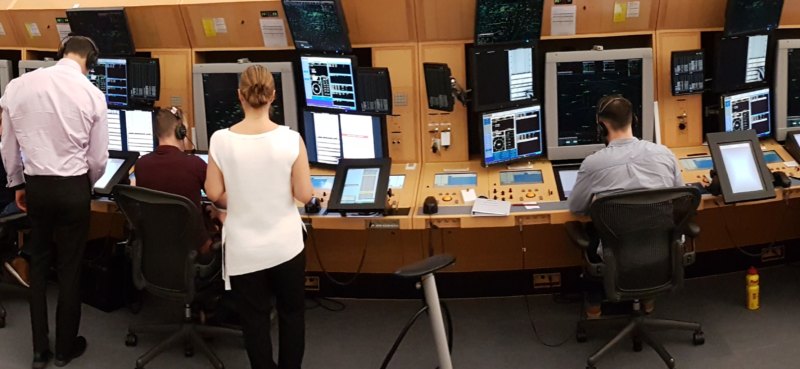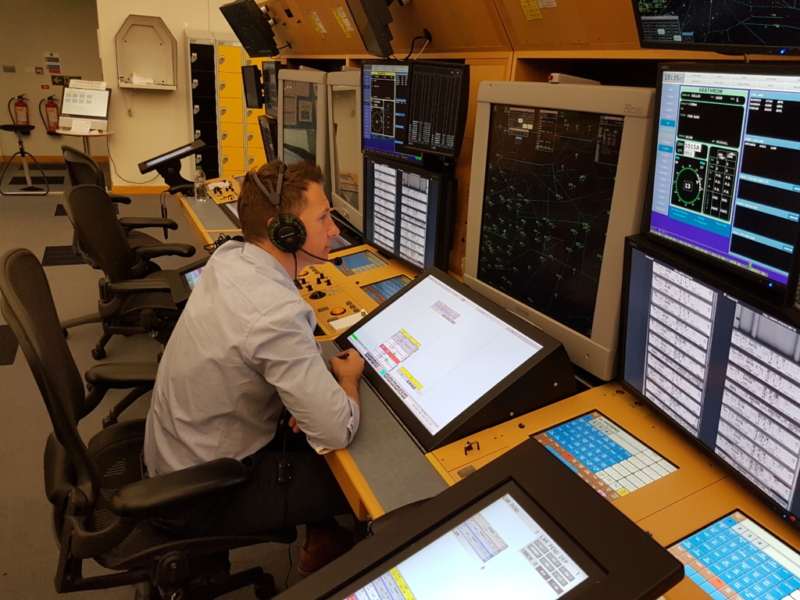We are now more than halfway through transitioning the London Terminal Control Centre on to a new electronic flight strip system, EXCDS. When I last wrote on this blog in early April, we were just about to embark on transitioning the sectors that control Heathrow, Gatwick and the airspace to the South and South-East of these airports.
That transition went well. There was delay, as we anticipated, and I apologise to anyone who was affected by that, but the professionalism of our controllers, and great collaboration from our airline customers and the airports, meant that the transition went as smoothly as we could have hoped and the overall delay caused by that transition was actually slightly lower than forecast.
Next week the next wave of controllers begin their transition on to EXCDS. From the morning of Wednesday 30th May, controllers managing air traffic operating to and from London City, Biggin Hill and Southend airports and through the airspace over the East of England will start using EXCDS to manage flights.

London City airport
This transition brings its own unique set of challenges. The airspace includes the sectors which deal with traffic to and from much of Western Europe, including particularly busy areas of airspace over Germany and the Netherlands. It is also airspace that directly borders other countries, which means we have less influence over the flow of traffic arriving at our airspace and the sectors affected by EXCDS, through which, for safety, we permit less traffic during the first 20 days of transition.
In previous transitions, one way we have mitigated some of the impact of the reduction in flights controllers can handle has been by working with airlines to re-route traffic through other sectors in UK airspace that weren’t involved in the transition. This time, because the airspace directly interfaces with busy airspace controlled by our European neighbours, we are less able to do this. Nevertheless, we will be working hard with airlines, airports and the pan-European Network Manager throughout the transition to do everything we can to try and minimise delay.
We have also entered the summer schedule season for airlines, which means there are simply more aircraft in the sky. The volume of aircraft movements is already exceeding forecasts – traffic levels in the UK are currently about 2% higher than even the ‘Higher’ forecast for 2018 made by Eurocontrol’s Statistics and Forecast Service (STATFOR).
The whole EXCDS transition is about preparing for the additional growth we’re expecting to see in the years to come. Introducing new tools like EXCDS and modernising our airspace are absolutely essential if the UK is to meet the growing demand for air travel and ensure the UK retains the connectivity it needs for the 21st century.
If you’re travelling during this transition, I hope you don’t experience any delay. If you do, you can be assured that we will be working extremely hard with our airport and airline customers to keep it to the absolute minimum. And I hope I’ve shown that the work we’re doing today is all being done to ensure we have the airspace infrastructure in place that we need for tomorrow.
Thank you in advance for your understanding.
Comments
Please respect our commenting policy and guidelines when posting on this website.



